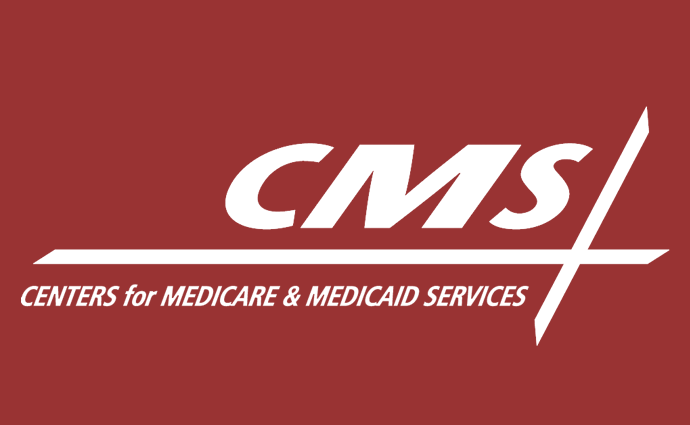CMS Proposes Transparency, Access Standards for Medicaid Managed Care
The proposed rules include standards on maximum appointment wait times and state requirements to report Medicaid managed care and fee-for-service payment rates.

Source: CMS Logo
- The Centers for Medicare and Medicaid Services (CMS) has released two proposed rules that would establish national access standards for Medicaid managed care plans and increase transparency of Medicaid payment rates.
The proposed rules, Ensuring Access to Medicaid Services (Access NPRM) and Managed Care Access, Finance, and Quality (Managed Care NPRM), also include accountability standards and improvements to home- and community-based services (HBCS) provided through Medicaid and the Children’s Health Insurance Program (CHIP) managed care delivery systems.
Specifically, the Managed Care NPRM would establish national maximum appointment wait time standards for routine primary care for Medicaid and CHIP managed care beneficiaries, a fact sheet explained. The provision would also require states to conduct annual secret shopper surveys to ensure managed care plans comply with the wait time standards.
If the rule is finalized, states must conduct annual enrollee experience surveys for each managed care plan, post the results on their website, and report the information to CMS. Additionally, states would have to submit an annual payment analysis comparing managed care plan payment rates for certain services as a proportion of Medicare’s payment rate.
The Access NPRM prioritizes payment rate transparency. If the rule is finalized, states must make all fee-for-service (FFS) Medicaid payment rates public and accessible on a state website. Similar to the managed care provision, states would also have to report their state Medicaid rates relative to Medicare FFS rates.
In addition, the rule would establish an advisory group of beneficiaries, providers, and other interested stakeholders to advise on current or proposed payment rates.
The provisions related to HCBS aim to improve care access, quality, and health outcomes for managed care and FFS beneficiaries. If finalized, the Access NPRM would create a new strategy for oversight, monitoring, quality assurance, and quality improvement for HCBS programs.
States would have to establish grievance systems in FFS HCBS programs and ensure that at least 80 percent of Medicaid payments for personal care, homemaker, and home health aide services be spent on compensation for the direct care workforce rather than administrative overhead or profit.
The rule would also require states to report on waiting lists, service delivery time timeliness, homemaker and home health aide services, and standardized HCBS quality measures.
The Access NPRM seeks to improve how states use Medical Care Advisory Committees. The renamed Medicaid Advisory Committees (MAC) would advise states on medical and non-medical services. States would have to create a beneficiary advisory group and make MAC information publicly available.
Medicaid and CHIP beneficiaries currently do not have a way to compare managed care plans based on quality. The Managed Care NPRM would establish the MAC quality rating system (QRS) to allow beneficiaries to access information about plan eligibility and managed care, compare plans based on quality, and select a plan.
The Association for Community Affiliated Plans (ACAP) expressed its support for the proposed rules but noted changes that should be considered.
“At first glance, we’re pleased that CMS has taken steps toward developing a national quality rating system for Medicaid managed care plans, which has been a long time coming,” Margaret A. Murray, chief executive officer of ACAP, said in a statement emailed to HealthPayerIntelligence.
“We’re also supportive of the concept of aligning quality measurement systems across different lines of business, which will provide health plans, health providers, and other entities that report on quality measures a common track to run on and facilitate apples-to-apples comparisons. At the same time, these measures should reflect differences in populations served by different plans.”
“With respect to the access rule, we strongly support efforts to measure and assure access to care – these measures do, however, need to take into account the pressures posed by the healthcare workforce shortages we see around the country,” Murray added.
